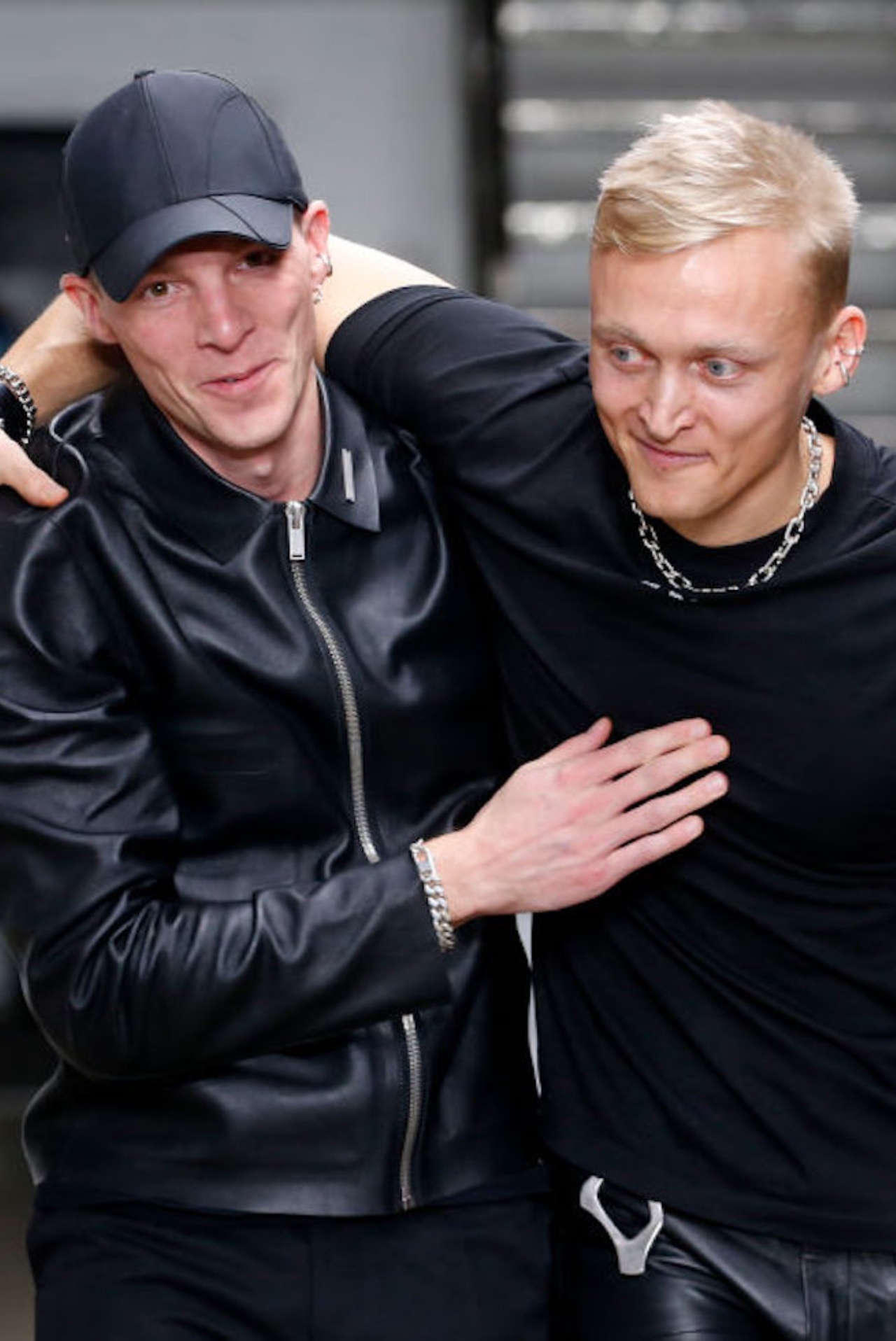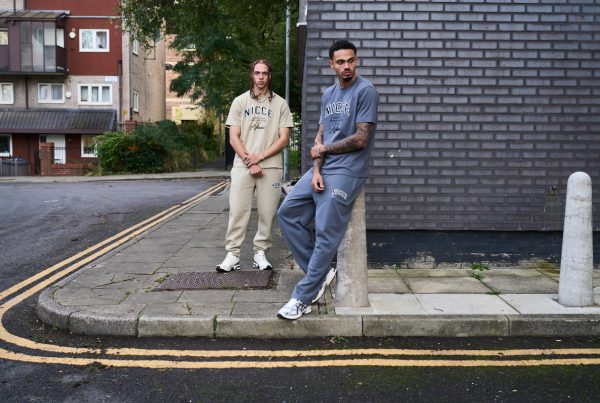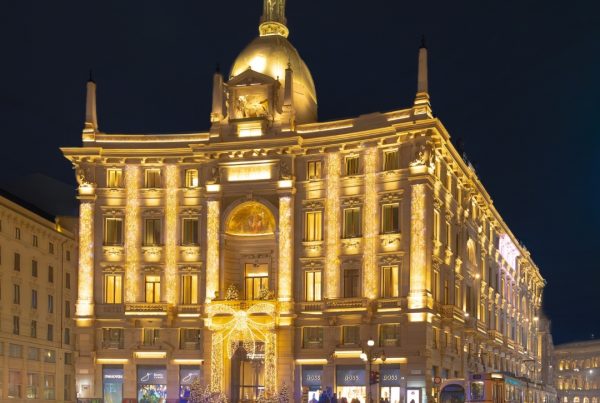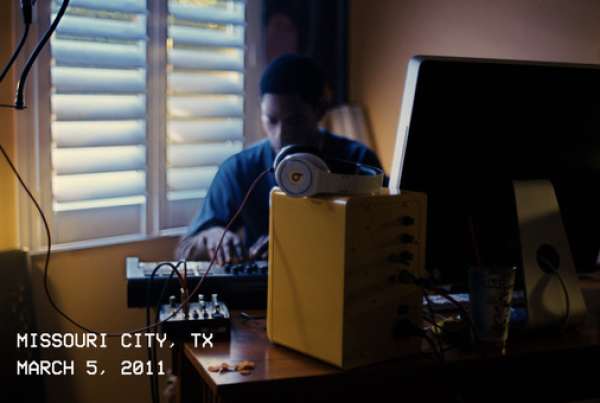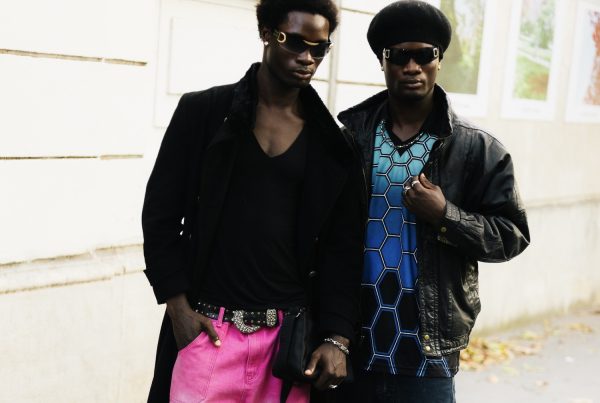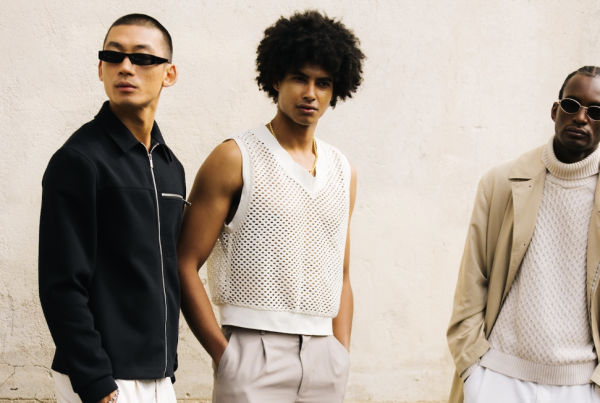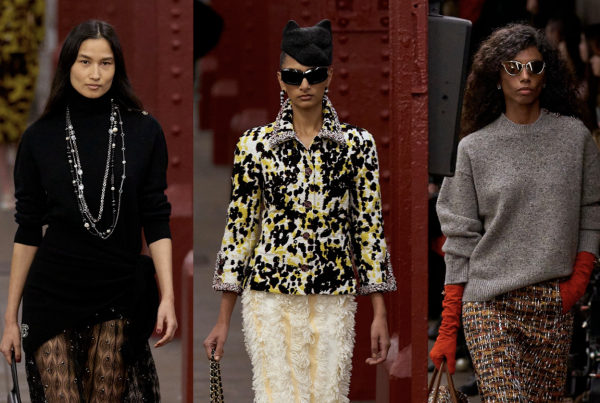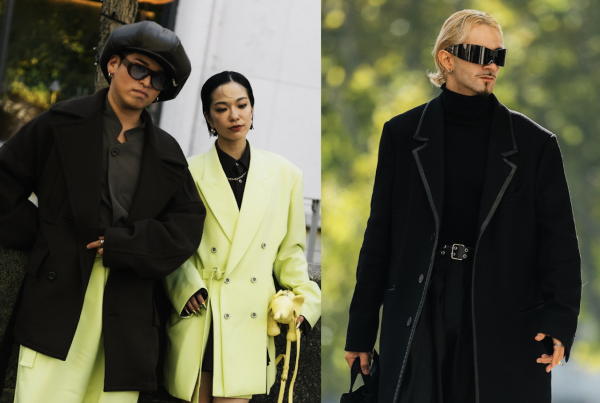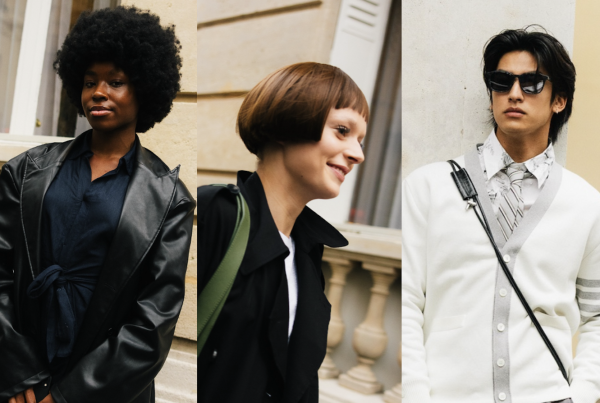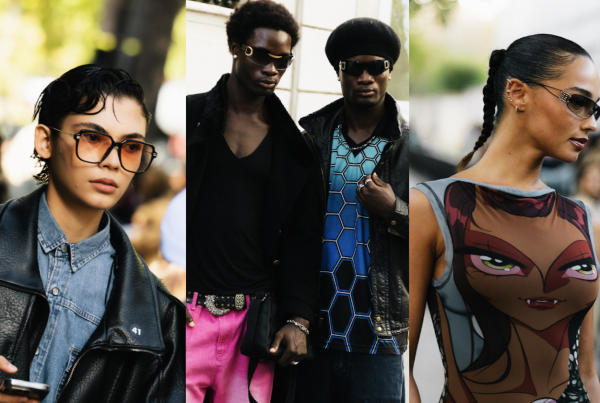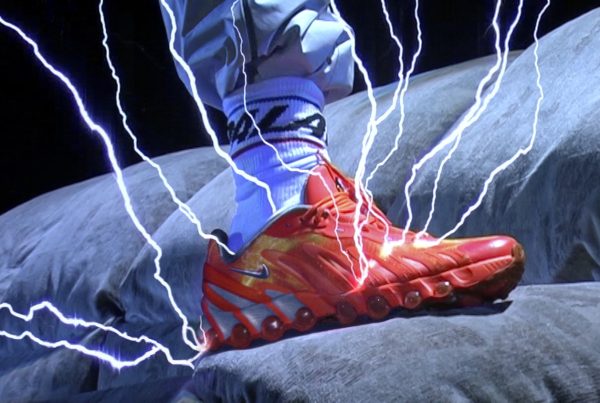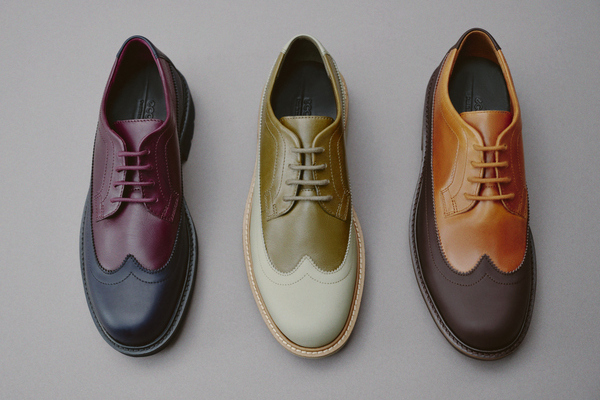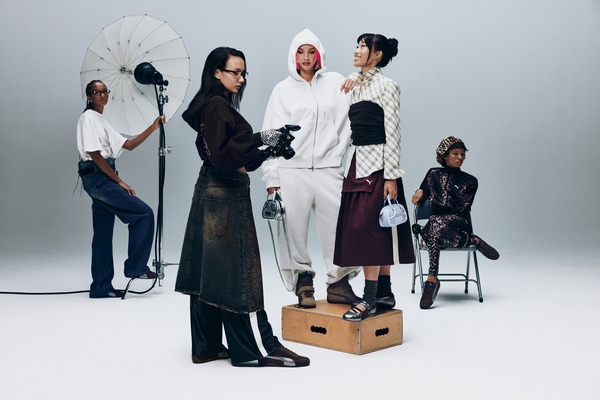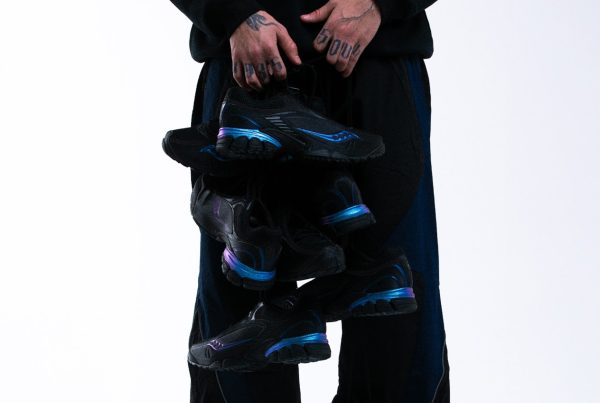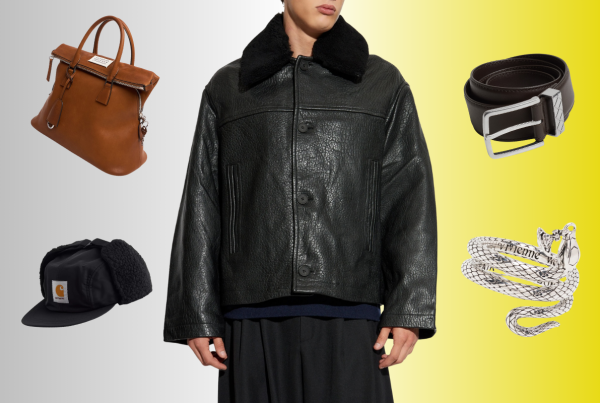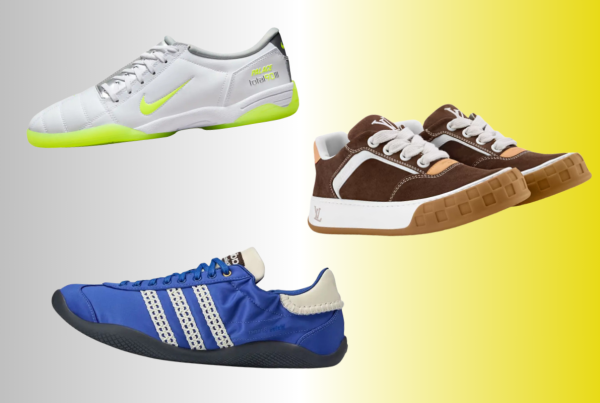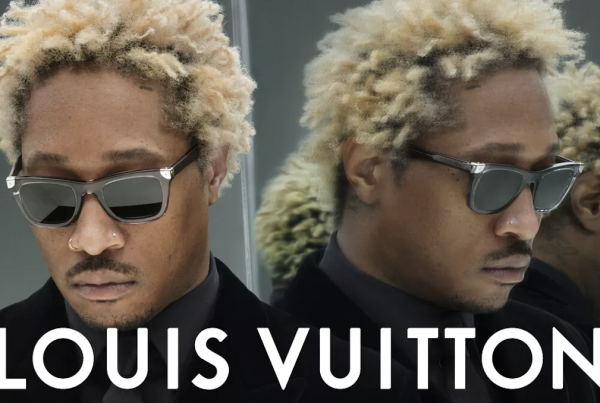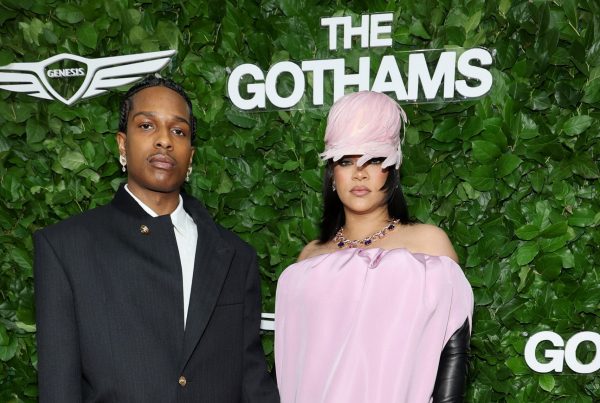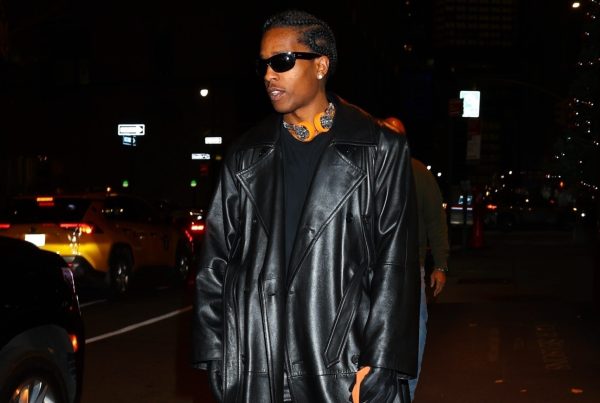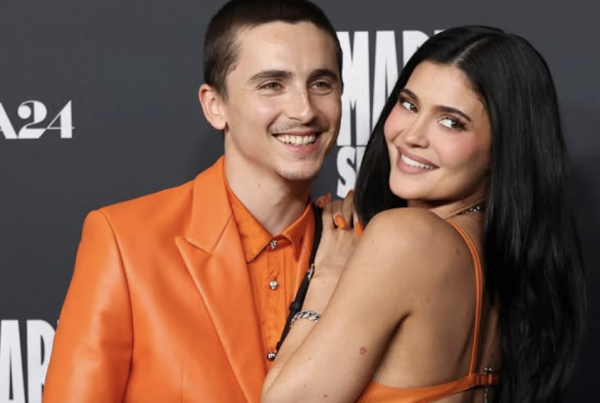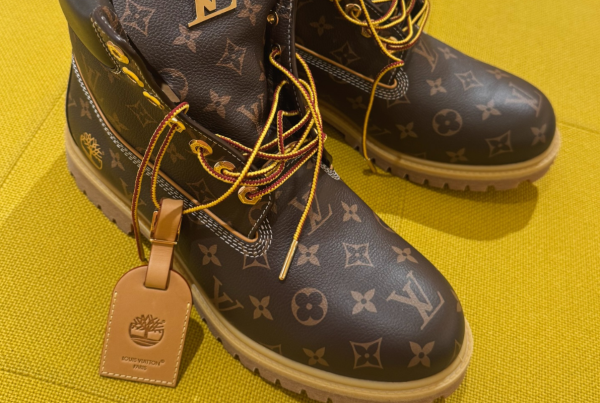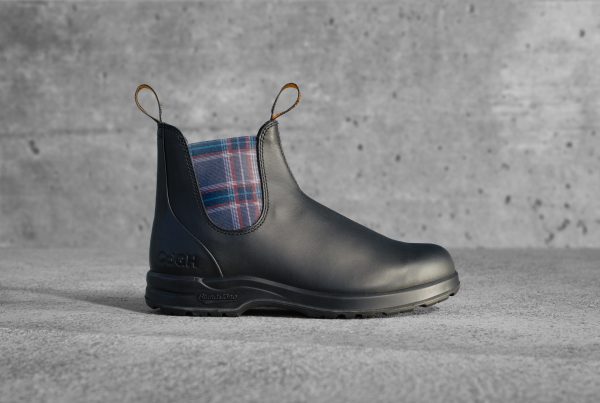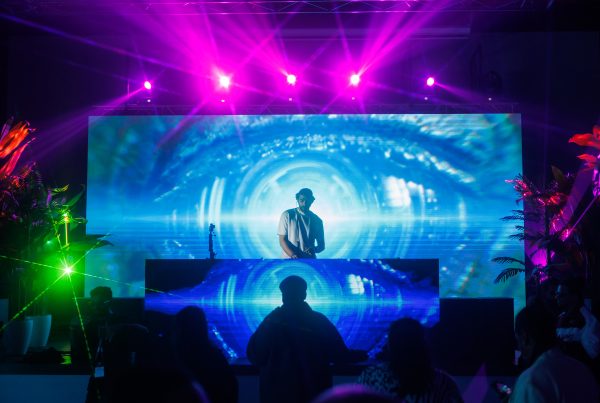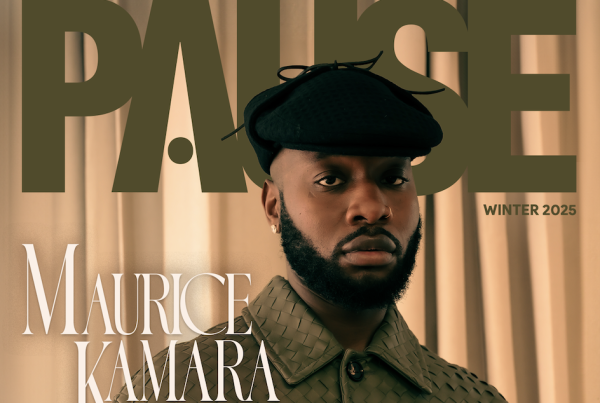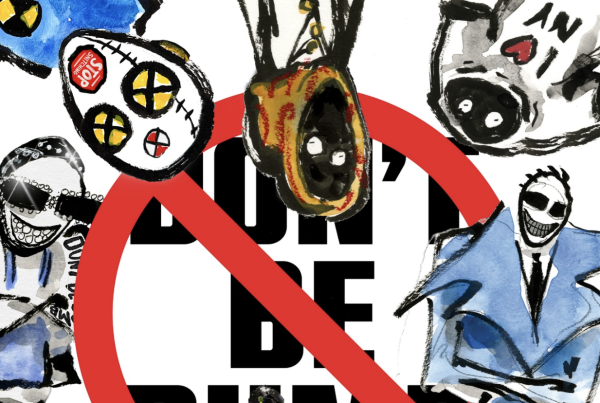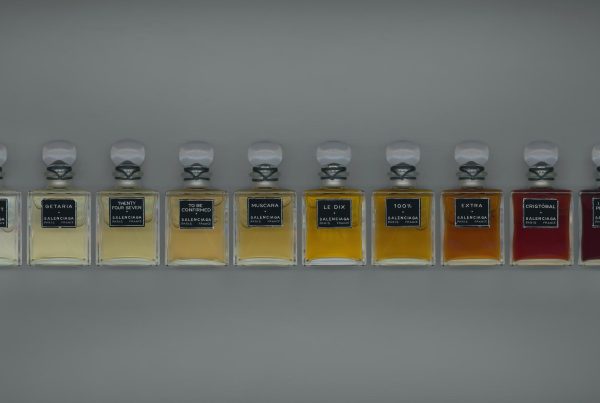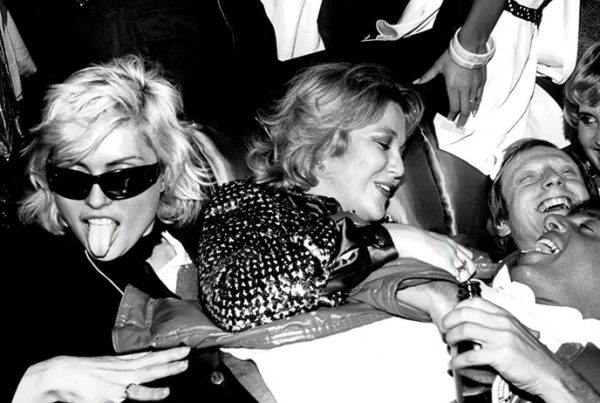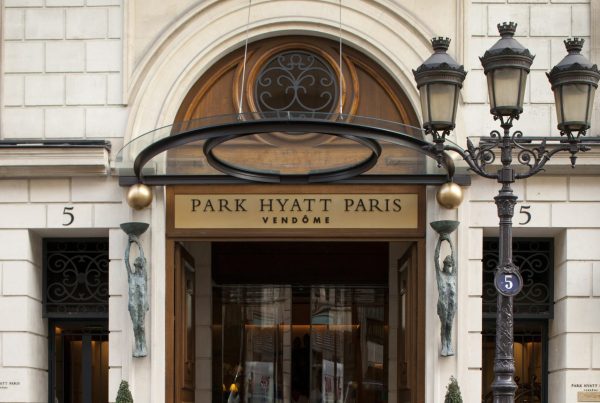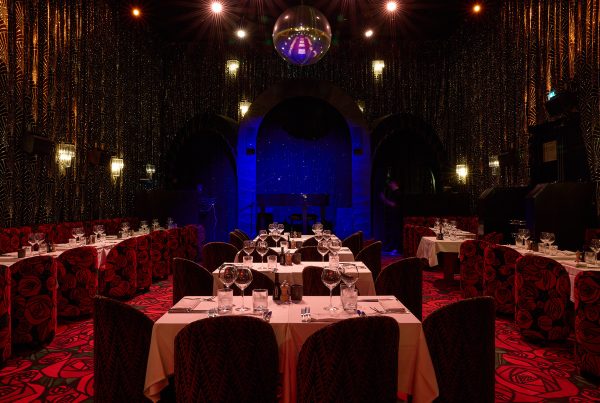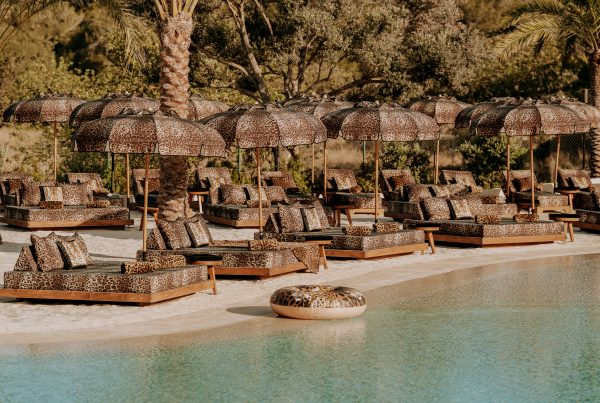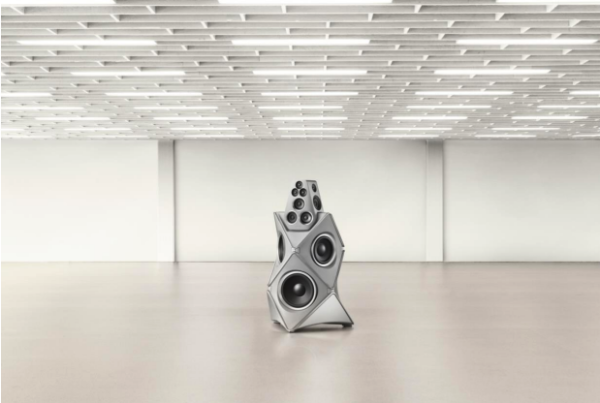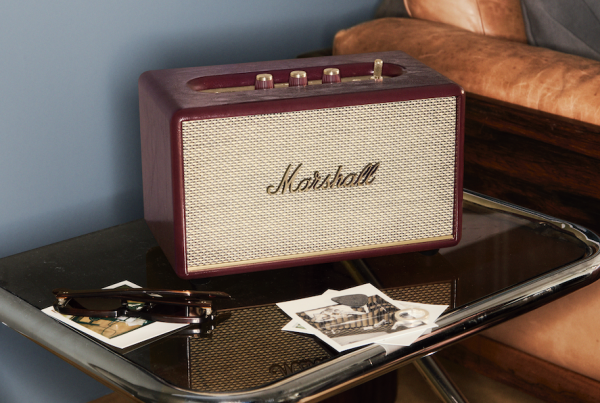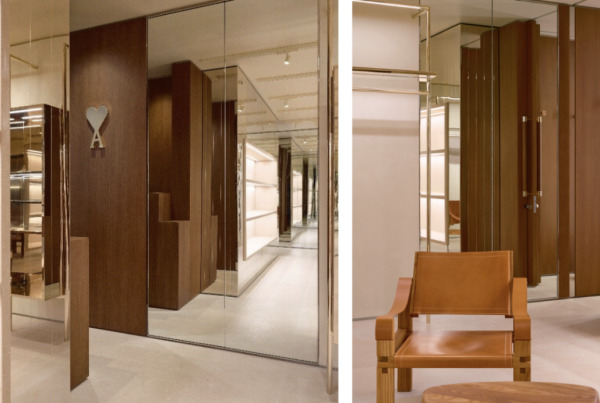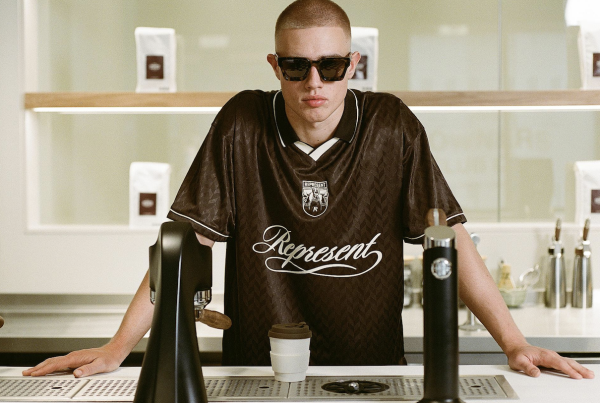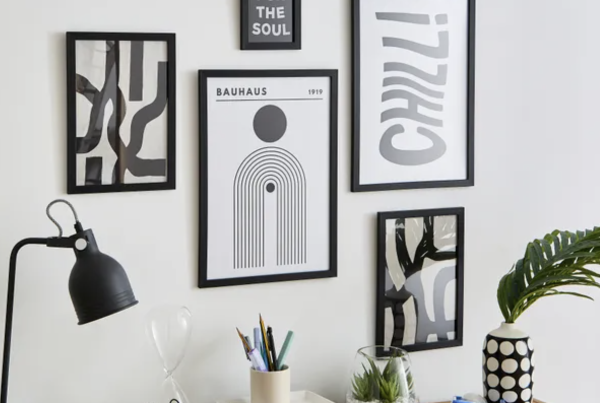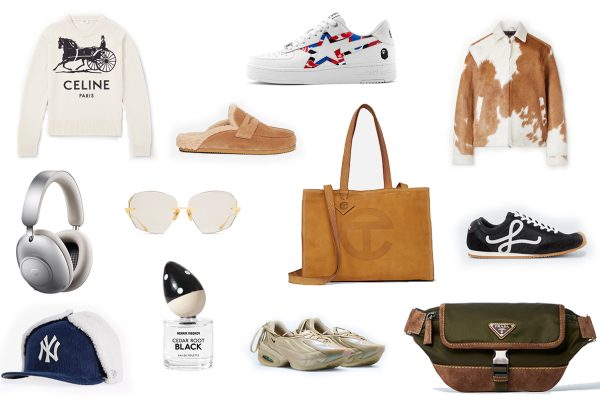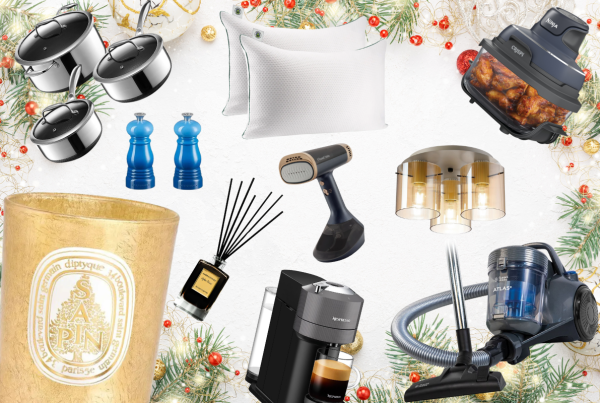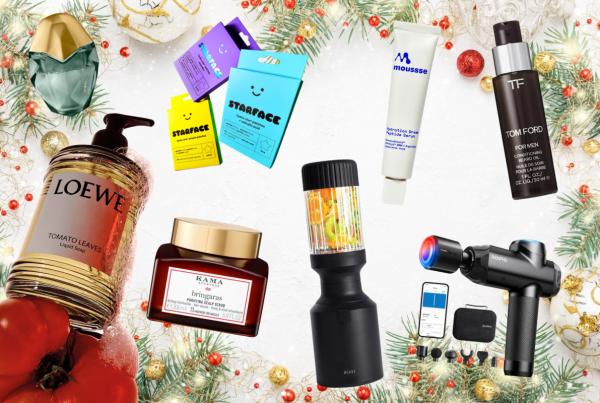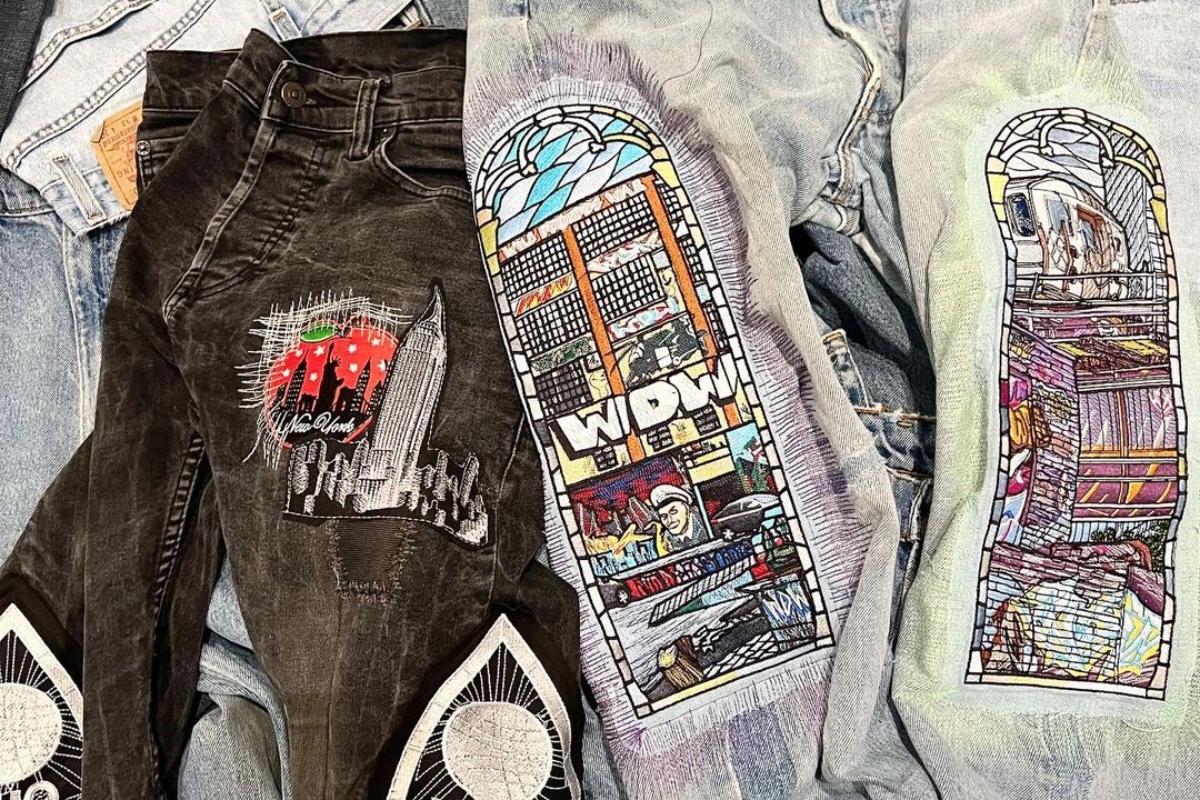Creatives in Practice:
HELIOT EMIL’s Julius & Victor Juul
“When you determine that you really have to figure out what your DNA is and what your goal is, then it’s just about getting started.”
Since their opening debut SS17′ collection during Milan Fashion Week some six years ago, HELIOT EMIL’s rise to stardom was immediate, and in many ways, inevitable. Being known for their industrial design language and unflinching affection for the subversive, HELIOT EMIL made a mark like no other when they burst onto the scene at the end of the last decade, curating highly intricate pieces that utilise custom developed materials, fabrics and trimmings to question and push the boundaries of what creative expression truly is.
Despite the obvious success of the brand come 2023, the masterminds behind the outfit are still well and truly hidden in plain sight. Danish duo, and brothers, Julius and Victor Juul are the physical manifestation of Yin & Yang, providing each other with a balance that only a brotherly bond could provide. Taking some time with PAUSE to discuss everything that’s going on with the brand at the moment – including that fire-full AW23′ look – Julius and Victor Juul gave us a run down on the ins and outs of HELIOT EMIL, their viewpoints on creative balance, as well as the overall DNA of the brand.
Interview: Johnson Gold | @johnson_gold
Talent/Brand: Julius Juul | @juliusjuul / Victor Juul | @victorjuul / Heliot Emil | @heliot_emil
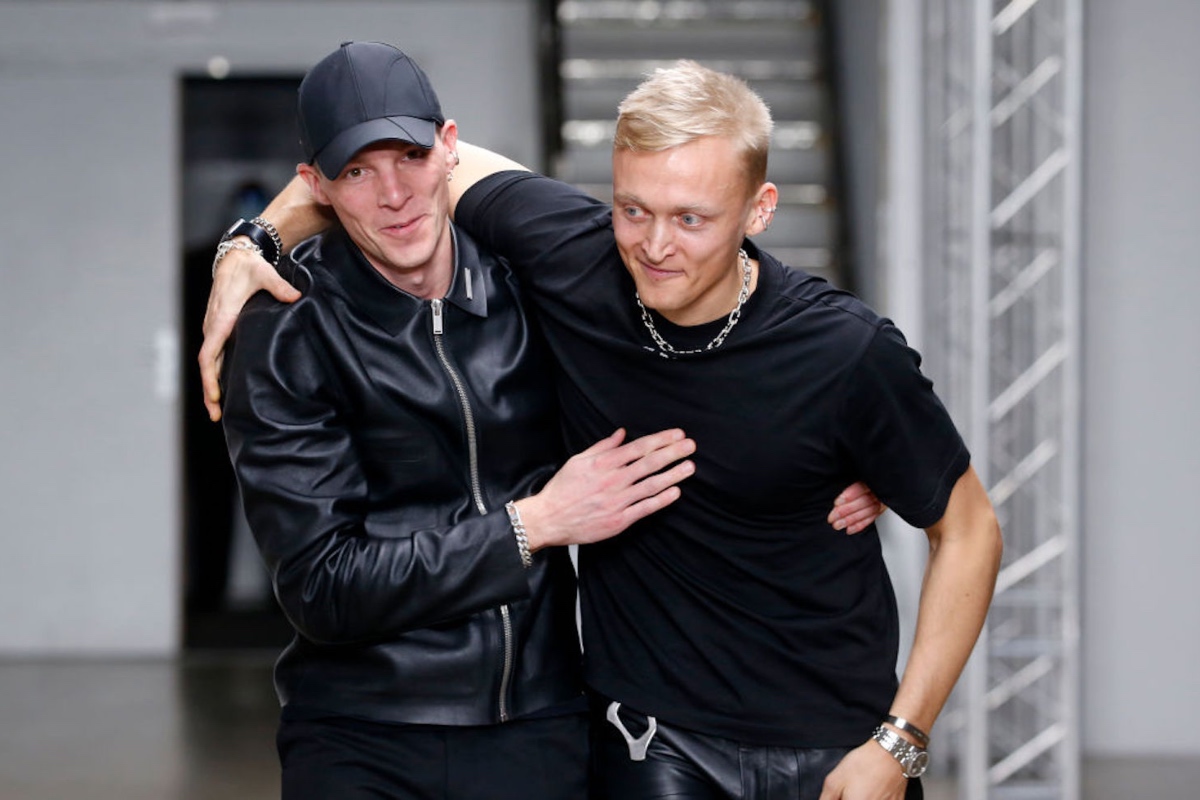
PHOTO CREDIT: Thierry Chesnot/Getty Images
To dive straight into it, you guys are a brand from Copenhagen, Denmark; it’s where you both grew up and started the brand. Tell us about how the brand’s existence began.
V: So, we split everything down the middle, I take care of the business and the more commercial part and Julius takes care of all of the creative and the design parts.
J: We started the brand in Spring/Summer 2017; that was the first collection that we did. Victor and I, obviously being brothers, we’ve been together since birth so we’ve always been very close and we always wanted to do something together. I was working in the creative direction side of the fashion industry before and Victor was in business school, so it kind of made sense to combine the forces that we have and create something. I think it was a natural progression to do something in the fashion industry. We are also seeing it more now as an umbrella that encapsulates a lot of different aspects, so not only limited to the fashion industry… we’re also trying some different stuff in interior design, the gastronomy space, experimental spaces, so really trying to see if it’s possible to make something that encapsulates more than just fashion.
Wow, that makes sense! We can see that even going into your most recent collection. Just before we go into the collection, why did you guys decide to start showing in Paris being a Copenhagen brand? What prompted the shift from Copenhagen Fashion Week to Paris Fashion Week?
J: Copenhagen, as amazing and as great as it really is, it is a rather small city. We have always seen ourselves as more of a global community and brand where we connect with people from all over the world, and they (Paris) align with our vision and universe. So we’ve always wanted to reach a larger audience and with Paris sort of being the epicentre of fashion, especially the fashion show aspect of things, it was always a dream to be able to show in Paris, being the biggest pinnacle of this industry.
V: Just to add something to that, we always had ambitions as a brand to become a big fashion house and we really want to scale this to become something bigger than what the platform of Copenhagen Fashion Week can house, so that’s also why we want to drive for perfection and for the biggest possibilities. That is what the platform of Paris Fashion Week can accommodate in a sense.

What would you guys say is the DNA of the brand? When you think of Copenhagen brands, they’re normally much more clean, minimal and simple but you guys came into the scene and are seen as the ‘Copenhagen of the Gen-Z’.
J: You can complement us and say the complete opposite, that’s fine! We’ve never really aligned with the aesthetic of what Copenhagen is usually perceived as which is very much what you described, the very pastel colours and minimal design aesthetics and simpler in expression. For me aesthetically, I’ve always been very fascinated with technology and machinery, the industrial part of things, but I’ve always sort of seen that as an elegant direction. I’ve always been the person that would see the elegance in raw machinery or in computer components, things like that sort of fascinated me and I wanted to say with the aesthetic that this can equally be seen as something beautiful and shouldn’t always be seen as the rawness. I think that’s also why we like to call our aesthetic ‘industrial elegance’ because it’s taking something that in most people’s eyes is seen as something that is very industrial and then combining it with something that is seen in most people’s eyes as very elegant. So, a lot of suiting or very fine knitting, these kinds of things and then intertwining the two, creating very fine suiting but having very raw metal details or creating suiting from materials like leather or something that’s otherwise seen as more raw in this industry. I think that that’s something we are aspiring to create, something that feels very industrial but elegant at the same time.
Love that! In terms of colour, you guys stick to your use of blacks, greys, some whites, is that going to be something that you’re going to do forever? Will that ever change? Or is that the identity of the brand?
J: Coming from a creative direction background I’ve learnt a lot of communication and the communication of an identity. One thing that you’re taught is that your logo or your identity has to work in black and white, it can’t be expressed through a certain colour, you can add colour to it if you want to express it further but your base has to be covered by something that is black or white. I think that’s something that translates in the garments as well so the communication, the raw effects of things, have to be communicated in black or white and once you’ve mastered that you can start to add colour. I think that we’ve managed to now create a certain silhouette and design principles that we can say that we stand for and now we have the possibility to add colour if we wanted to and still remain within the realms of what we are trying to communicate. At the same time I’m quite a firm believer that there are many shades of black and there are many shades of white and there are many shades of grey as well, so I think that there’s unlimited amounts of variations that you can still explore. I’m also very much a person who believes in the textures and depth of the fabric and when you do something in black for example, then you have the opportunity to communicate the textures more. If you see two outfits that might both be black then you’re kind of going that step further and looking at the textures more. One might be a very fuzzy wool texture and the other might be a very sleek membrane GORETEX kind of fabric, and those two will appear completely different even though they might both be black.


You started the show with fire right?
J: It was actually in the middle of the show.
Why in the middle?
J: So, again coming from a creative direction background, I always want people to get a bit of a surprise or be blown back by what’s going on and this concept of the guy walking on fire was kind of like a half-time show. You need people to get back that attention, that first feeling that you have when the show starts, the music breaks, the first model comes out, everyone’s looking up, nobody’s looking down at their phones, they’re right there at the show and seeing exactly what is happening. But then let’s say seventeen looks pass, you’re kind of feeling like ‘okay I get where this is going’. Obviously, the collection has to be cohesive and put together in the way that it is and that means that a lot of the looks and the expressions are going to be with the same types of fabrics and thematics as the rest of the collection, so some people might think that they know what’s coming next. So, if you give them halfway something that they’re like ‘wait, what? I didn’t expect that’, whatever that might be. It might be a crazy outfit, or last season we had a choir from the national opera and they were singing a song halfway through the show and then we broke that with some heavy techno track that came on right after, so this kind of contrast again was a way to wake people up and a way to get people feeling that same feeling they have when the show opens. You go from complete quietness to that very hard beat that slams and then the first model’s walking out and you’re blown back. Then if you do something half-way through the show, where people’s eyes are down, and you give a big smack again then you get people to reappear off their phones and pay attention to the show again. That’s why we did the whole concept with the man on fire.
It’s a really smart idea doing that because in society now everyone’s attention span is becoming shorter, so you’re incorporating that into real life. I saw the clip of the fire and I screamed, I thought ‘okay, Paris has started!’. That’s the first thing I saw and it shocked me. Does the fire have anything to do with the inspiration of the collection? Or was it more just creative direction?
J: There are some hints. So, the collection is entitled, ‘Connected Forms’ and it’s based off an artist called Henry Moore. He created these sculptures and he mentions in an interview that he wants them to be outside because it gives the sculptures natural patterns, and they react to the environment around them. That happens through the exposure to heat, cold, rain and different types of weather, so with the sculptures being bronze and natural material, they react to their surroundings and the environment. We did some of that same manipulation to the clothes, we exposed them to heat and different kinds of wear and tear to repeat some of that texture that he also brings out in his sculptures. We would over-distress a tech fabric, which is not something that you would normally see, to get that bit more depth and texture. We did the same thing with a few outfits where we used a heat gun to melt the outer layers of the fabric so they would crease together and create more of a structured texture in the fabric.
Wow, so it’s fireproof?
J: Some of the garments are fireproof but that wasn’t the reason why we did it. It was more so to emphasise the kind of idea that elements influence the garments in certain ways.
I feel like this is one of your strongest collections to date, even just the outerwear, there’s so many options where people won’t just want to buy one look, they’ll want to buy seven of them! In terms of business and sales, what is doing well for HELIOT EMIL?
V: Maybe I can jump in and answer that. So, I totally agree that the design team has really outperformed themselves for this collection, so it’s really admirable to see how the whole team every season learns from they’ve achieved the last season and really develop the collection season after season. I think that’s something that our brand is really strong in, so hopefully in a couple of seasons or a couple of years, we just keep on developing season after season. We’re quite unique in that sense, most other brands, 80% of their turnover comes from 20% of the pieces but we have quite an even spread throughout the whole collection. In the Autumn/Winter season which this was, we sell a lot of outerwear, mainly down jackets. I think our community really enjoy that we do very interesting, very structured and very progressive pieces and I think that’s where we are quite unique compared to other brands that sell a lot of t-shirts, hoodies and stuff like that… jersey is actually our least performing category. I think we’ve done an amazing job of really creating this community that enjoys and sees the beauty in something that is super complex and really has a lot of value in the design.

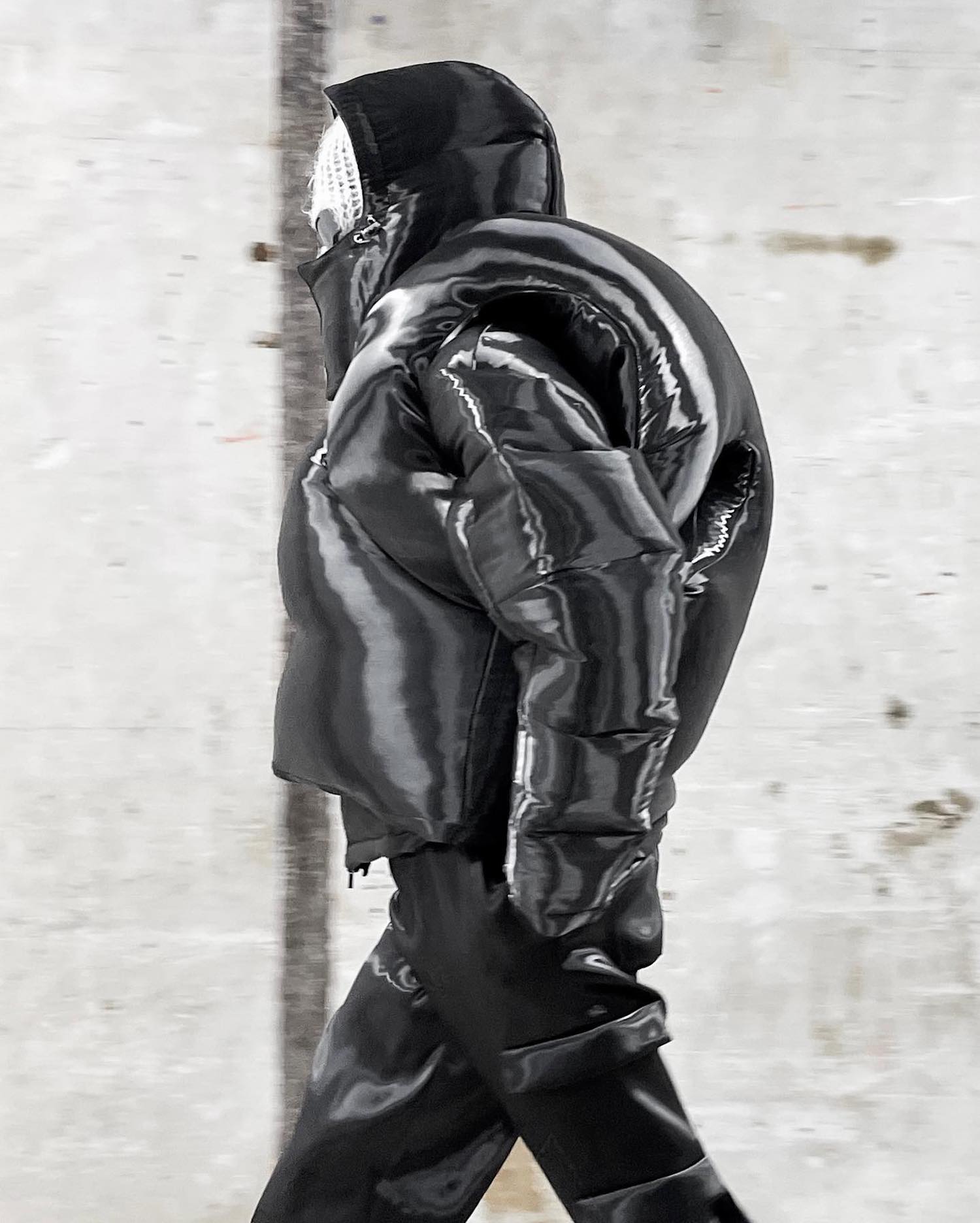
“Ideas without execution are worthless.”
Nice! I’ve noticed you guys have a carabiner detail that you have used in multiple collections, is this a signature of the brand’s DNA? What does it represent?
J: Absolutely! So, it is actually like a carabiner from rock climbing. Again, it’s something that’s seen as more of an industrial product and something that’s used also in the industrial world to fasten things together and clip certain elements together, you use it in construction as well and those kind of things. It was a way to take something from that and make the most elegant version of it. It’s very clean all the way around and it has this organic shape whilst still remaining a reference to this industrial side of it. Having the reference of being a carabiner and having the functionality of a carabiner but looking like a very elegant sort of trim or object. It was a way to communicate both sides in one simple object and that has become the staple or symbol of those two worlds combined. It’s the perfect expression for us and I think it’s a great way of putting your signature piece on something that doesn’t necessarily have to be your logo or scream your name, but just has those two sides perfectly expressed in one single object.
What do you want people to take in when they look at the collection? Was there something that you wanted people to take away from the show, the collection? Any kind of messages you wanted people to get from this?
J: I don’t know if there’s a specific message that we are trying to communicate with this specific collection but I think it’s just a continuation of our expression and our exploration in this space. We always like to dwell between form and function, so something that has all of these functionalities and references to functionalities, a lot of the garments are interchangeable, and you can wear them in so many different ways and I think that’s also what we tried to express with the collection; you can combine them in multiple ways. You can zip off sleeves, you can style them in so many different ways, and I think that was one of the things we were really trying to express with this collection. I think there was a level of anonymity that I wanted to express a little bit as well, trying to take away the person behind and maybe having clothes speak more, the volumes of the personality. That way people can see themselves in the clothes if they don’t see the specific person behind it. The clothes speak volumes of what we are trying to communicate.
That makes sense! When you look at a lot of the runway images, a lot of the models are actually quite hidden, some of the men and the girls are in masks and glasses. That take was to make people focus more on the clothes, right?
J: Exactly, yeah!
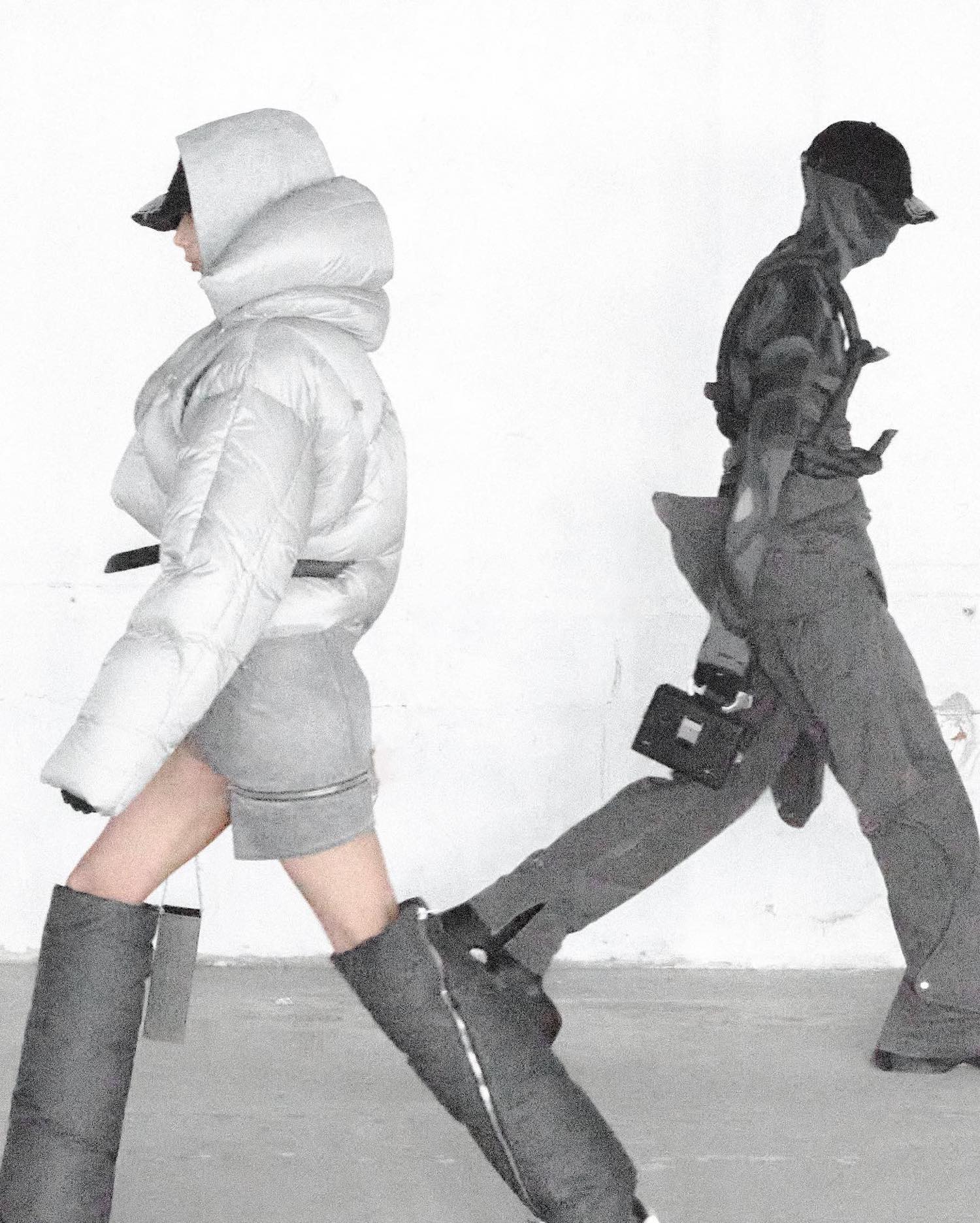
What five things would you advise the Gen-Z of today who want to start a brand?
V: I think the first thing is determining if you actually want to start a fashion brand. If you’re into business and you want to make money I think it’s compared to playing a video game on hard mode. I think it’s a really difficult place to be seen because there’s so many players and so many people who want to start a fashion brand. When you determine that you really have to figure out what your DNA is and what your goal is, then it’s just about getting started. I always say ideas without execution are worthless. You just have to execute every single day and make sure that you get stuff done. When you get stuff done then the first sale that you get gives you dopamine and the first article that you get gives you more dopamine, so that motivates you to go to the next step and push yourself to really exceed in this business. If you do a Shopify store that most new brands do, then every time you do a sale you get this ‘Ka-Ching!’ and that noise is really giving you a lot of dopamine and it’s motivating you to get that next sale. The same as when you get a new account on board, that really motivates you to get the next one on board.
J: I think a lot of what Victor mentioned is obviously from the business perspective. In terms of the creative side, one thing that a lot of creatives have a hard time with is that they always tend to second guess themselves and are not being satisfied with things. I think what’s really important is to stay true to yourself and feel like what you’re doing, you’re doing that for your own self and not for anyone else. You’re not trying to please the clients or whatever it might be, you’re really trying to express something yourself. Once you’ve found that tone of voice, it’s really important to stick to that as well. Be very strict and over-emphasise your aesthetic and be continuous with your aesthetic. You see a lot of brands jump on the next big thing as soon as it’s a thing. It’s kind of like peeing in your pants to stay warm, it might work for the first twenty minutes, but then after that then you’ve just p***** yourself. It’s not the greatest route to go down because what happens next season? You’ve got to change again. For the bigger brands it kind of works because they can change out the creative director and go in a completely different direction and say that it’s based off the creative director, but if you’re trying to create something that’s unique yourself then you have to stay true and stay continuous in that process. I think it’s also really important that you stay focused and to find certain areas that you want to start with. There’s a tendency to always go after the new shiny thing that’s interesting to do, you tend to go down that route and, all of a sudden, you want to do something that’s completely different to what you started with, so it’s important to stick and stay focused with a few things before you can advance into those next steps. In the beginning, we were quite naïve to think about how much is actually involved in creating a fashion brand, and if we knew that from the beginning, I think we would have been a bit blown back or a bit more afraid to get started because it is so big. It’s about knowing how big it is but then being able to restrain yourself but also being able to focus on accomplishing things step-by-step. We have this saying, if you have some water to water ten plants, then you don’t have enough water to water one plant, but if you focus on one plant then you make that one plant blossom and really show something instead of watering all ten and having nothing to show for it. It’s a metaphor that you can translate into the creative side as well, if you focus on too many things at once, you’ll end up with ten, twenty, thirty things that are halfway rather than focusing on three things and making those really good.
There are two more that I would love to highlight. When you’re a creative it’s really important that you find a partner, someone in your team who can take care of the stuff that you don’t like to do or are not good at. Knowing that you might not be the best at certain areas of your business and then immediately find out who’s going to take care of those things because that’s the only way that you’ll be able to advance, because if you find someone who can take care of those things, you’ll be able to focus on the things that you’re good at and make those things really good. If not, then you’ll end up spending the majority of your time taking care of stuff that you’re not good at and things that you don’t want to do.
That leads to the last one, and that’s finding a way to have fun because I think everything becomes much better if it doesn’t feel like work. Everything becomes a joy to do. I sometimes catch myself work on certain designs at 2am and it’s not like I feel like ‘I’ll get this done so I can get on with my actual life or go and do the fun stuff’. I actually enjoy it so much that I want to spend that amount of time or put that amount of energy into it. Find a way to make sure that you’re having fun with whatever it is that you might be doing and with all the stuff that you’re not having fun with, find someone who can take care of those things and have fun with them like you are with yours.
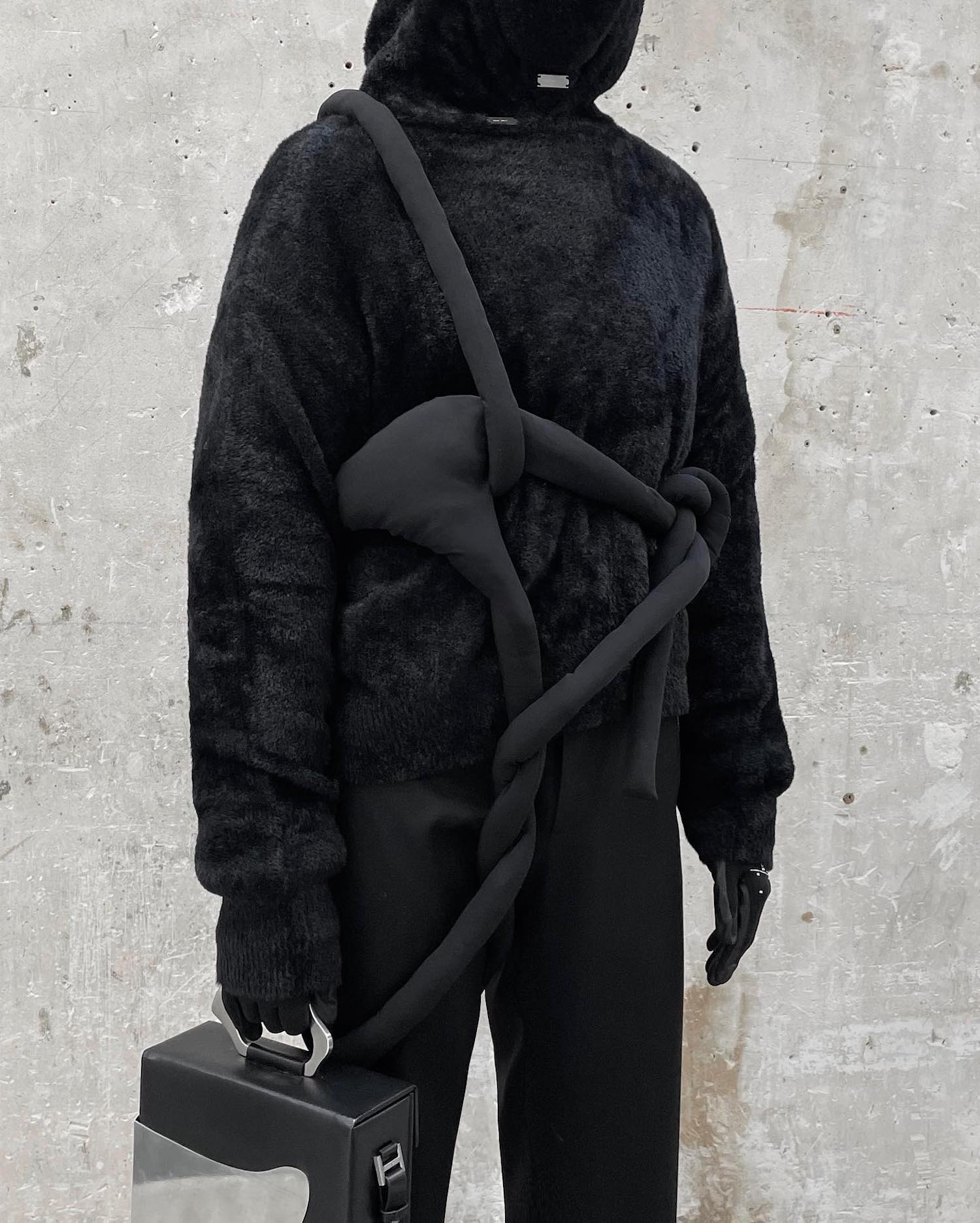
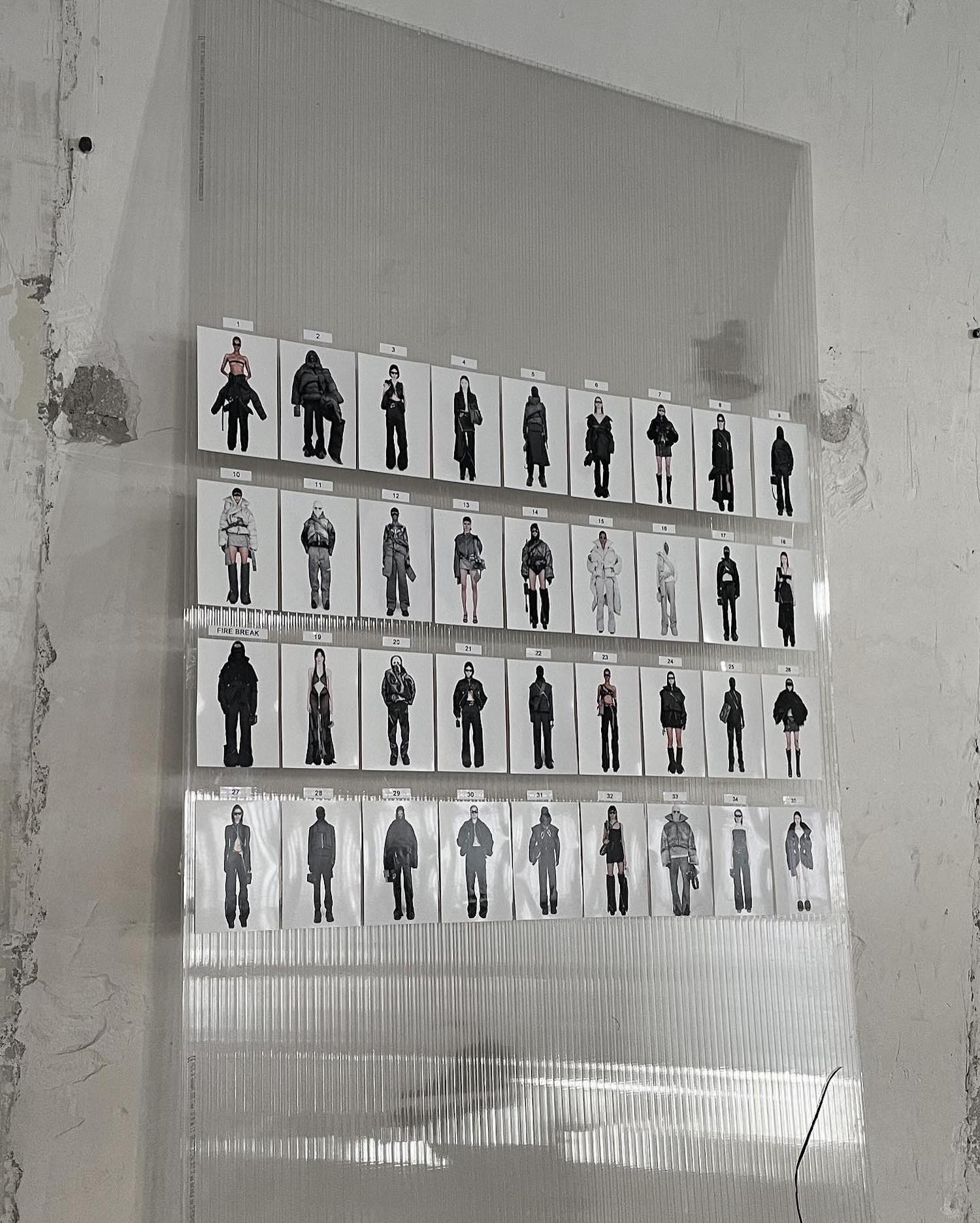
V: If I could just add the two last things. One thing that you really see in a lot of successful brands is that today is a lot about building a community, and most successful brands are the ones that have a very loyal community. It’s so often neglected in big brands and that’s where you see the new smaller players taking up the picture from bigger brands. Building this community and being able to speak to that community, from a marketing perspective, that is something that is really neglected by the bigger brands. So, finding out how to build your community and how to then communicate to that community is something that is super, super, super crucial. The last thing would be – as Julius also mentioned – finding your team. Sometimes you feel like if you start a brand you have to have huge skill in designing and creative direction, and maybe also finding someone that is really good in sales and the marketing side of the business. Something that is often neglected as a skill is assessing the best team and recruiting the right people to take the brand to the next level. If you can master that skill of recruiting and finding team members that can execute certain projects, then you can really scale the business to a whole new level very quickly. That is something that people often neglect… there is no blueprint for starting a fashion brand, every brand is different. We love hanging out with other founders of different brands because you really get an insight into how they do it. One thing I’ve learnt speaking to 100 different founders of different fashion brands is that there is no blueprint, everyone is doing it differently. It is about figuring out the community that you’re building; how are they shopping? How are they getting your brand? Then building the supply chain and also the sales chain in order to accommodate that.
One more question, in today’s age a lot of big fashion houses approach smaller brands to design for them. If there was a brand/designer house that approached you, would you do it? If so, what brand would that be?
J: I would say absolutely, it’s a dream for me to get to express my aesthetic and my direction through someone who has the heritage of one of the biggest houses in the world. Obviously, you have to aim high, so my dream scenario would be to design for someone like Prada, in that range. I know that is quite unrealistic seeing as I don’t speak Italian! It’s a very big house and they have extreme measures; I would say at this time it’s a bit out of reach but I am always a firm believer that you’ve got to dream big, so that would be the ultimate goal.
Follow HELIOT EMIL on Instagram
